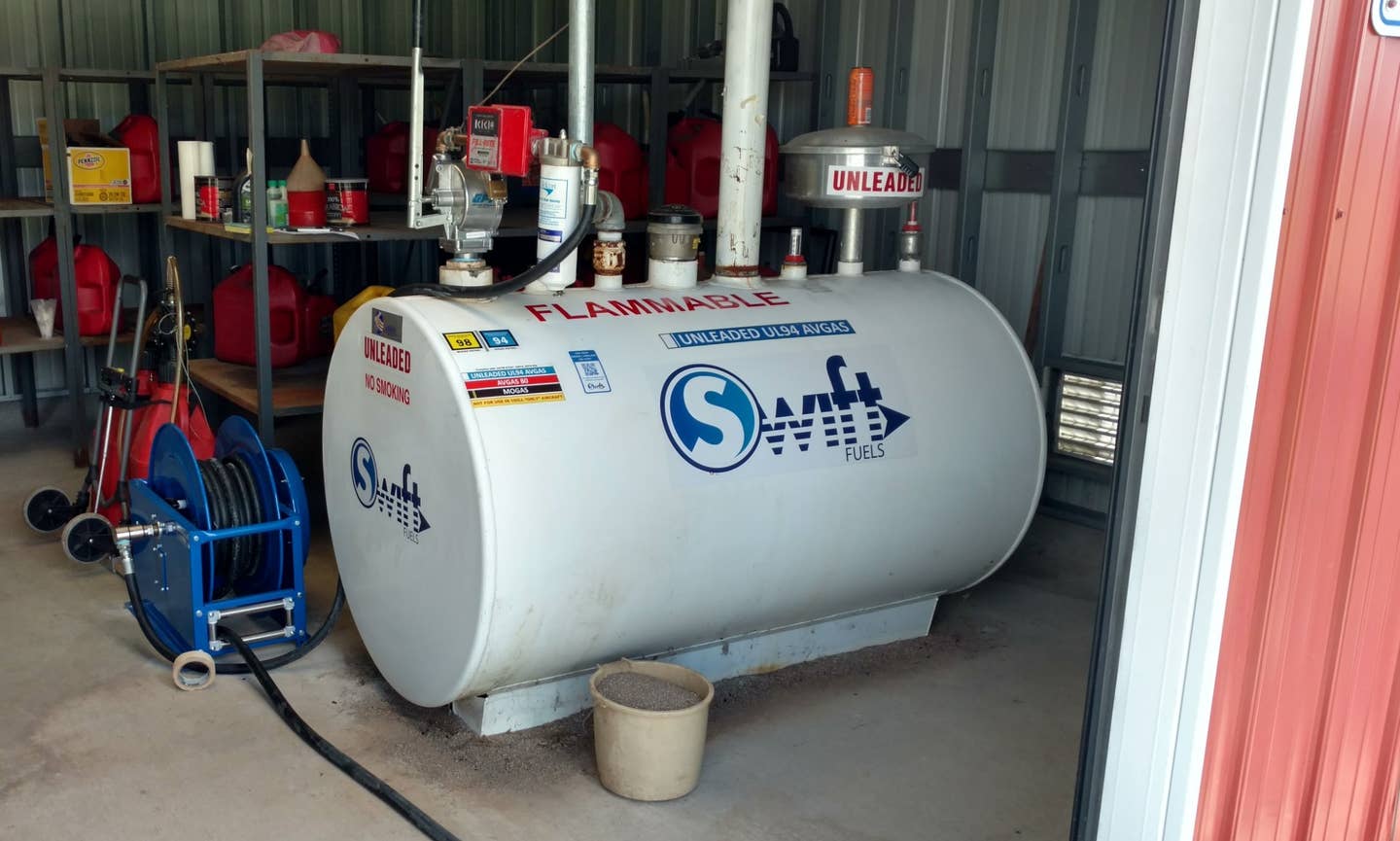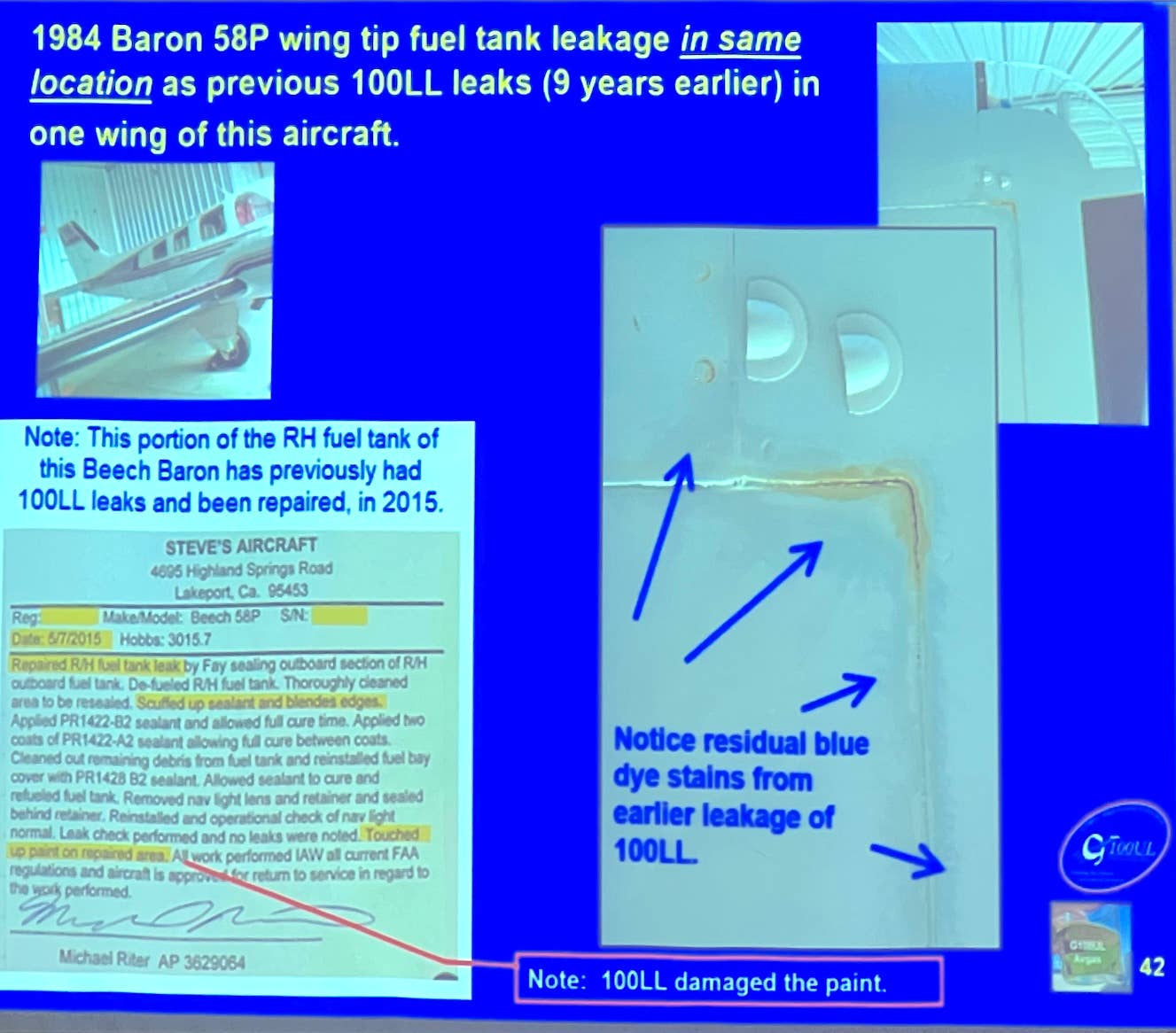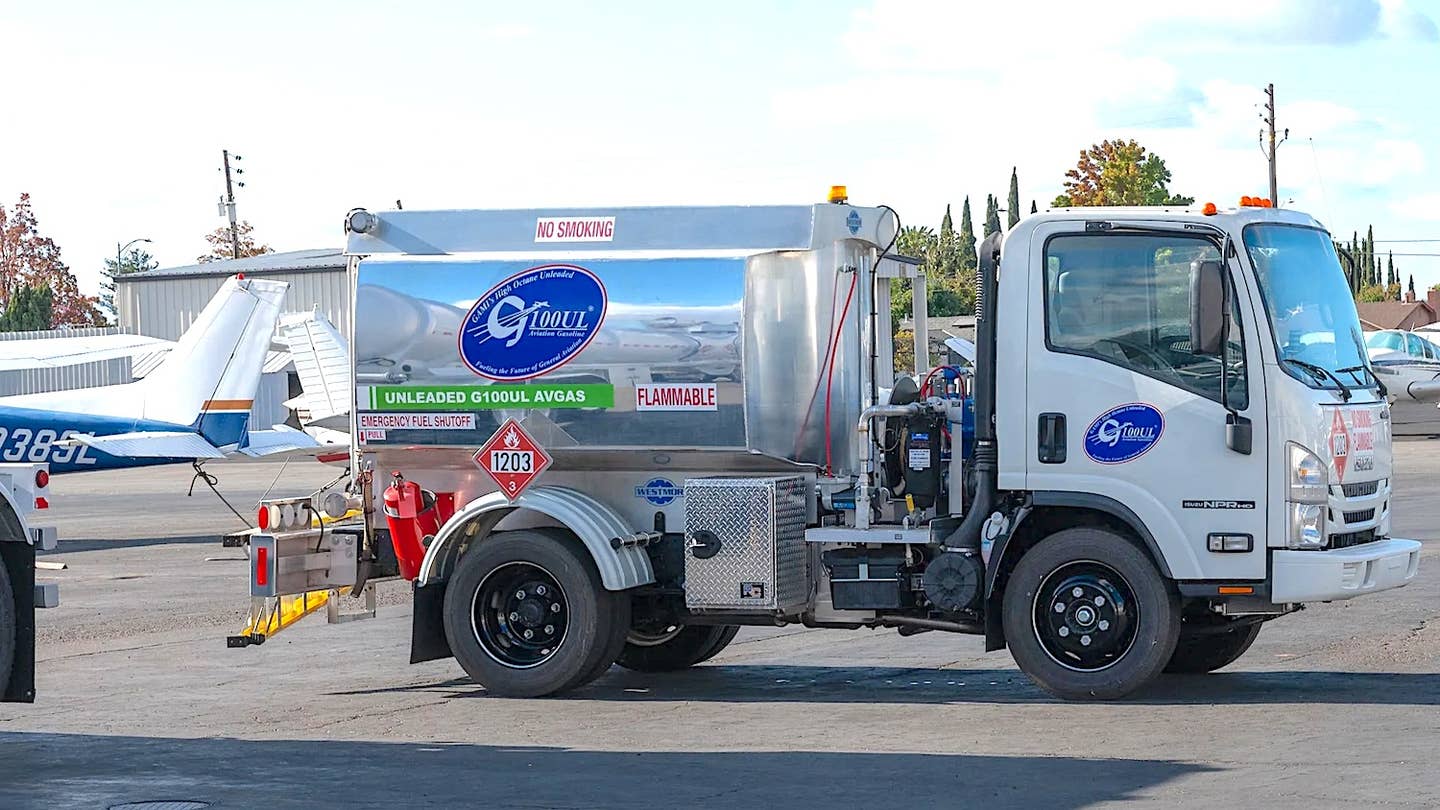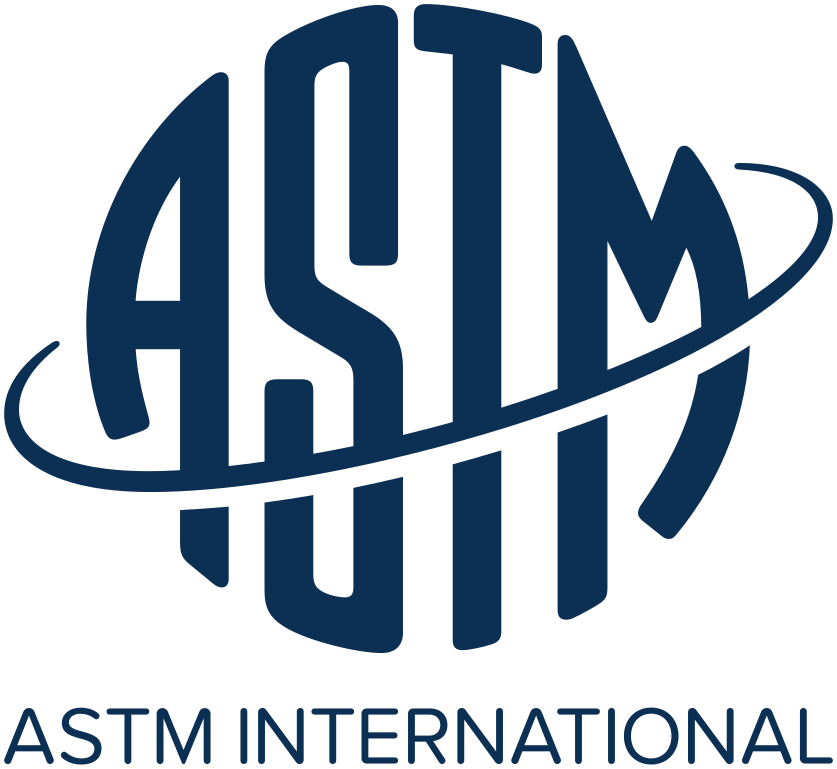The Savvy Aviator #56: Before You Yank That Jug …
Your aircraft is undergoing its annual inspection, and your IA tells you that a cylinder has weak compression and has to come off. Here are some things to consider before you tell him to go ahead.
I last wrote about this subject about 18 months ago (Savvy Aviator #37), but it seems as if jugs are still coming off needlessly, so perhaps it's time to revisit the subject. Each week, I receive dozens of emails from aircraft owners seeking advice on maintenance. I really enjoy helping fellow aircraft owners, but I often get frustrated by some of the poor advice they get from their mechanics. Take this one, for example:
"Mike, I really enjoy reading your column. I'm having a problem and need some advice. My airplane is in for annual and for the second year in a row my TCM IO-520 engine has some low compressions. The compression test was done hot (or at least that's what I'm told). The IA is going to do another compression check today, cold, but I don't think that is going to change anything. "He said the leaks seem to be from the exhaust valves. I looked at the exhaust valve of the lowest-compression cylinder through a borescope, and the valve was red in color. The IA said that is because it's run too hot, and suggested that the culprit was my use of lean-of-peak mixture settings in cruise. "I fly about 100 hours a year. Most of my trips are about four hours long. I usually cruise between 8000 and 9000 feet. My power settings, at 8,000 feet, are about 22 inches at about 2400 RPM. I lean to peak on my JPI 700, then go about 15 degrees F lean of peak. My hottest CHT is never above 380 degrees F. What am I doing wrong when flying this airplane?"
Flawed Advice
I told this owner that he's getting flawed advice from his IA. For one thing, the owner isn't doing anything wrong. Fifteen degrees F lean of peak and CHTs below 380 degrees F are exactly where this normally-aspirated engine should be operated at 8000 to 9000 feet. He's doing a great job of powerplant management. For another, an exhaust valve is supposed to be red! The red color is from exhaust deposits on the face of the valve, and such deposits are perfectly normal. In fact, the cooler the valve is operating, the thicker the deposits and the more intensely red the valve appears. It's actually the absence of red deposits that tells us the valve is heat-damaged and leaking.
The key to whether or not the valve is burned is the appearance of those red deposits. On a normal valve, when viewed with the borescope (see photo at right), the red deposits have a relatively symmetrical appearance, with the redness most pronounced in the center of the valve face and less pronounced toward the edges of the valve face. That's because the valve face runs coolest at the center (where it's thickest and its heat is well-sinked by the valve stem), and hottest at the edges (where it's thinnest and not so well heat-sinked). The hotter the valve, the less red deposits there are; the cooler the valve, the more red deposits there are. In other words, red means cool and the absence of red means hot! (I know this sounds counterintuitive, because we're used to thinking of red and hot as being associated, but in this case it's non-red and hot that are associated!)
If the valve is leaking, there will be one (or sometimes two) hot-spots around the circumference of the valve face where almost all the red deposits are gone and you see gray metal. The red exhaust deposits will have an asymmetrical appearance (see photo at right), with the hot-spots identified as being where the valve is least red.
Don't Yank That Jug!
If the borescope inspection shows a valve with a normal-looking, symmetrical pattern of red deposits and no obvious hot spots, I would not authorize the mechanic to remove the cylinder. I would go fly it for a few hours and then repeat the compression test. (Preferably have another mechanic do the test.) To be on the safe side, I would continue to inspect the valve with a borescope every 50 hours (at each oil change). Since the aircraft has a digital engine monitor, I would also suggest keeping a close eye on the EGTs. Always place your engine monitor in its "normalize mode" when in cruise flight. This will level all the EGT bars at mid-scale and increase the sensitivity, so that small EGT variations become very obvious. If the exhaust valve is leaking in flight, you will see it on the engine monitor (provided it is in normalize mode). The classic signature of a leaking exhaust valve is a slow EGT oscillation of 30 degrees F to 60 degrees F that occurs about once or twice a minute (see graphic at right). Any time you see something like this, immediately borescope the cylinder and check the valve. In my experience, a burned valve becomes detectable under the borescope (via asymmetrical exhaust-deposits revealing a well-defined hot-spot or two) at least 100 hours before the valve actually reaches the point of failure. The engine monitor will also detect the problem, but with somewhat less lead time -- perhaps 10 to 25 hours before failure. Consequently, I believe that regular borescope inspections should be the first line of defense in detecting incipient exhaust-valve problems, with the engine monitor used as a backup. The use of regular boroscopy in piston-aircraft engine maintenance is relatively new, and many mechanics don't really understand what to look for. They almost certainly received no training on this in A&P school. Consequently, before authorizing a mechanic to pull a cylinder off your engine, you would be wise to do what this owner did: Seek a second opinion.
Compression Limits
The same owner emailed me a follow-up question:
"Is there any regulation as to the minimum compression on a cylinder in order to pass an annual? My IA tells me the engine should not have passed the last annual because of low compressions."
Excellent question! Yes, there sure is. The applicable regulation -- 14 CFR Part 43 Appendix D (Scope and Detail of Annual and 100-Hour Inspections) -- states that an IA is required to perform a compression check at each annual and 100-hour inspection. It goes on to say that if "weak compression" is found, the IA must perform an internal cylinder inspection to ascertain the reason for the weak compression. The FARs do not define the term "weak compression." FAA Advisory Circular AC43.13-1B (Acceptable Methods, Techniques and Practices -- Aircraft Inspection and Repair) suggests that compression readings below 60/80 are considered "weak," but this default FAA guidance is superseded by any specific guidance offered by the engine manufacturer. Because both Lycoming and Continental (previously TCM) do offer specific guidance, AC43.13-1B is moot. Lycoming's guidance is that the inspecting mechanic should "consider" removing the cylinder if its compression is below 60/80, or if there is more than a 10-point spread between the highest and lowest cylinder. Lycoming also encourages (but does not require) mechanics to use borescope inspections to help assess cylinder condition. Lycoming's use of the word "consider" appears to give the IA some wiggle room, but most IAs will take the position that a Lycoming cylinder with compression below 60/80 has to come off. Continental's guidance is very different from Lycoming's. Continental's guidance appears in Service Bulletin SB03-3, which in my opinion is the best guidance ever written on the subject of determining cylinder condition. EveryContinentalowner should download a copy (by clicking on that link) and read it carefully. If you do that, you'll find that Continental says that the minimum acceptable compression reading is to be established using a "master-orifice tool" hooked up to the mechanic's compression test gauges. For most compression test gauges we've checked, the master-orifice tool sets the no-go limit between 41/80 and 43/80. However, each gauge is supposed to be calibrated with the tool prior to each compression test. (Nowadays, many compression test gauges come with the master-orifice tool built right in, so calibration is done simply by flipping a valve.) SB03-3 goes on to say that even if a cylinder indicates a compression reading lower than the no-go limit, the IA is supposed to inspect the cylinder with a borescope to determine the cause of the problem. If the borescope inspection fails to reveal a problem, then the cylinder should not be removed. Instead, the engine should be flown for at least 45 minutes (preferably a lot longer) and then the compression test repeated.
Have No Fear
Armed with my advice and a copy of Continental service bulletin SB03-3, the owner had a heart-to-heart conversation with his IA, and then reported back to me with the following:
"The IA just called and said that he has completed the annual, and agreed not to pull the cylinder. He said to fly the airplane for 25 hours and he will then recheck the compressions. I feel half afraid to fly the thing."
I advised the owner not to be scared to fly the airplane. Low compression never made anyone fall out of the sky. In fact, before issuing SB03-3, Continental actually ran some dynamometer tests in its test cell that showed an engine with all cylinders having 40/80 compression will make full-rated power. An engine with such low compression will also blow lots of oil out the breather and onto the belly of the aircraft, and will make what's left of the oil in the crankcase filthy in short order, but there will be little or no perceptible difference in performance, and certainly no safety-of-flight issues. An in-flight failure of an exhaust valve is no laughing matter. But as long as the exhaust valve looks normal under the borescope, you can be confident that it's not in imminent danger of failing. Regular borescope inspections, backed up by a digital engine monitor, will reliably detect exhaust-valve problems before they pose a safety hazard. I'm not suggesting that compression readings in the 40s are fine, nor that they should be ignored. Such low compressions are often associated with excessive blow-by that contaminates the oil with combustion byproducts and turns it acidic and corrosive -- not exactly the ideal environment for your expensive crankshaft and camshaft to live in. But such compressions will not cause any perceptible change in engine power or performance, and certainly won't make you fall out of the sky. So it's something to be concerned about, not something to be scared of. With such low compressions, it would certainly be prudent to re-check the compression and re-borescope the cylinder in 25 hours. If the compression continues to deteriorate or the borescope reveals the obvious visual signature of a burned valve or worn barrel, then the jug probably does need to come off for repair or replacement. In the meantime, however, the owner should have no qualms about continuing to fly the aircraft.
Want to read more from Mike Busch? Check out the rest of his Savvy Aviator columns.
And use this link to send questions to Mike.






